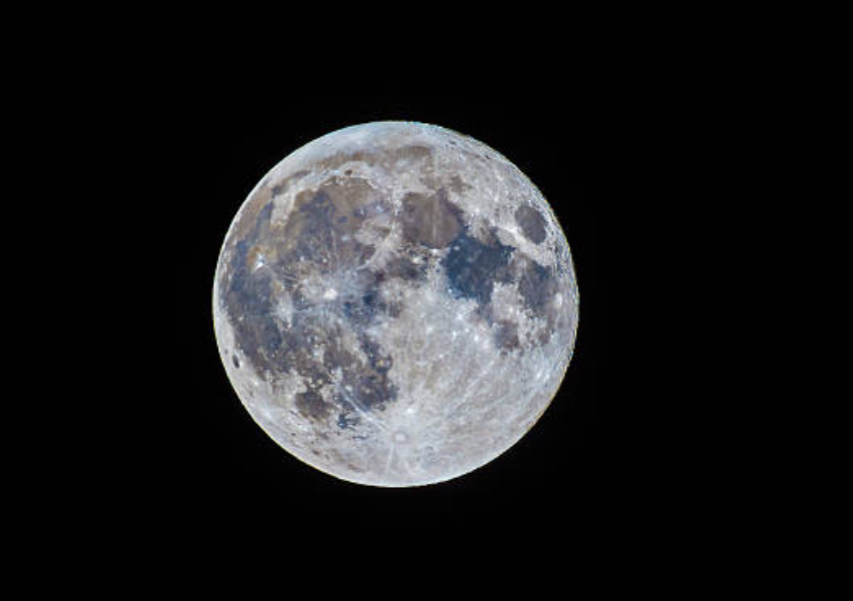
What is a ‘mini-moon’?
It can be defined as a ‘temporarily captured object’, as the modestly sized 2024 PT5, with a diameter of roughly 11 metres (the same as a London bus), will stay in orbit for a couple of months before making its way through our solar system.
Our planet is set to gain a second, ‘mini-moon’ tonight (29 September), which will stick around for a couple of months.
It is part of the Arjuna asteroid belt, which is not too far from Earth by space terms, just 2.8 million miles (4.5 million kilometres) away.
It’s called 2024 PT5 and it helps to make up the population of asteroids and comets that are monitored by some of the finest minds in astronomy, at the NASA-funded Asteroid Terrestrial-impact Last Alert System (ATLAS).
The space rock will not complete a full orbit around Earth though, despite getting caught in its orbit and being given the title of a ‘mini-moon’.
But it won’t complete a full orbit, instead orbiting our blue planet in a horseshoe-shape, starting on 29 September and going until 25 November.
After escaping from our world’s orbit, it will return to a heliocentric orbit, which is around the Sun – like what we do.
This will be the last time we see the space rock for a while however, as it will not come into Earth’s orbit again until 2055.
The event can’t be seen by the naked eye, binoculars or with a consumer-grade telescope, as the mini-moon will have a magnitude of 22, incredible low on the -10 to +20 scale, meaning it will be too faint to see.
You’ll need professional equipment but even then, some observatories have revealed to The Sun that professional telescope will also struggle to detect 2024 PT5.
First discovered by the ATLAS telescope on 7 August in South Africa, the Arjuna rock is known as a near-Earth asteroid (NEA).
Arjuna asteroids orbit the Sun on an orbital path that stretches out a bit further into the Solar System compared to our planet’s path, though some may come close to the Earth-Moon system.




